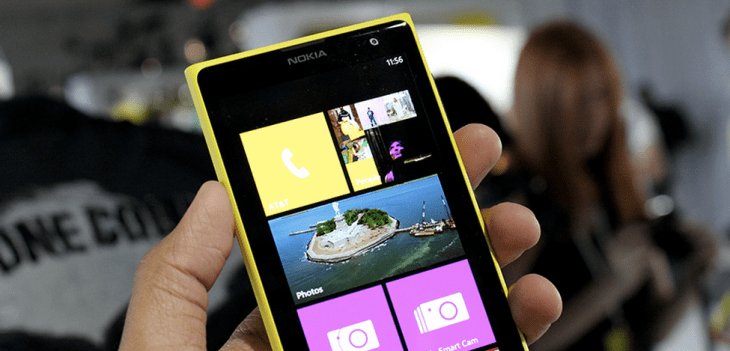Today in its fiscal fourth quarter, Microsoft reported that it sold 5.8 million Windows Phone-based Lumia handsets. Last year, in the second calendar quarter — Microsoft’s then fiscal fourth quarter, welcome to the world of finance — Nokia sold 7.4 million Lumia handsets.
However, Lumia sales didn’t fall 22 percent as those figures appear to indicate. Microsoft’s fiscal fourth-quarter sales figure is based on a partial-quarter sales period. The company only sold Lumia handsets starting April 25, after its deal with Nokia closed, meaning that it lost 24 days of sales in the period.
Twenty-four days of a 90-day period — a quarter, in other words — is around 26 percent. So sales fell 22 percent compared to a full-quarter time period during a 26 percent-smaller timeframe. If you correct for the smaller timing, you can calculate that (extrapolating from a per-day sales basis using implied figures from the 5.8 million unit figure) Microsoft would have sold 7.9 million handsets in the quarter had it had the full time period to do so.
That would have been a very, very modest increase of around 500,000 Windows Phone handsets sold. But it would at least be pointed in the right direction.
The 7.4 million figure last summer grew to 8.8 million in the third quarter and 8.2 million in the fourth. It may be reasonable to expect that Microsoft will therefore see growth in its phone sales due to market cyclicality over the next two periods. That would, however, be an optimistic-leaning projection.
Microsoft had $1.99 billion in phone revenue in the quarter. That revenue had an operating loss of $692 million attached to it. If you wanted a full explanation on why Microsoft is laying off so many workers from its hardware division, that’s a good picture.
The phone revenue led Microsoft to both a revenue beat and a profit miss. If it can cut costs and keep the revenue, the now-completed deal could bear out well for the software giant.
